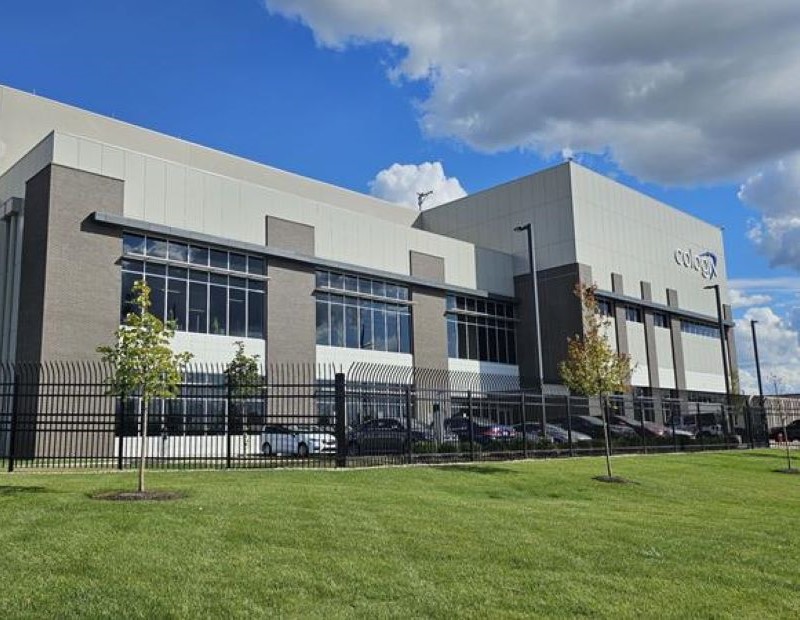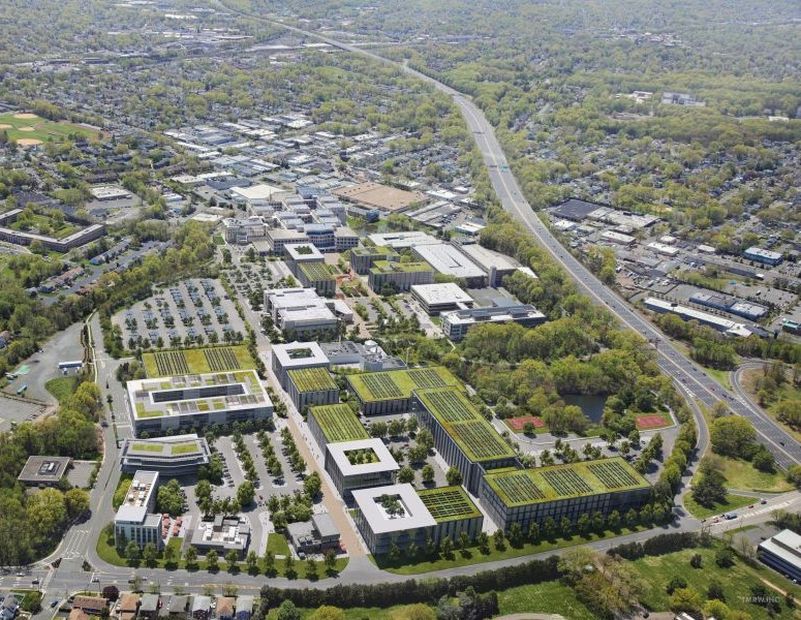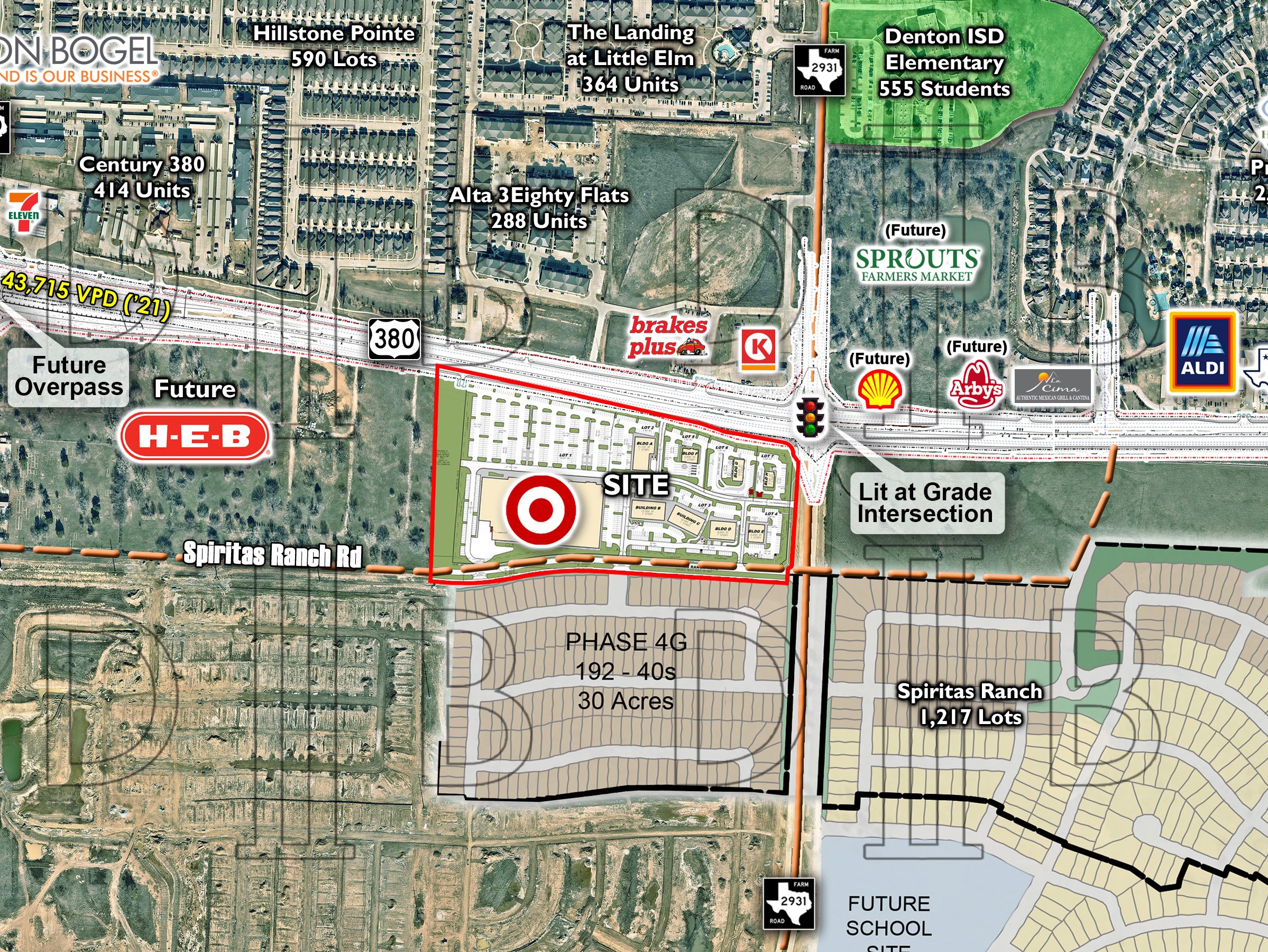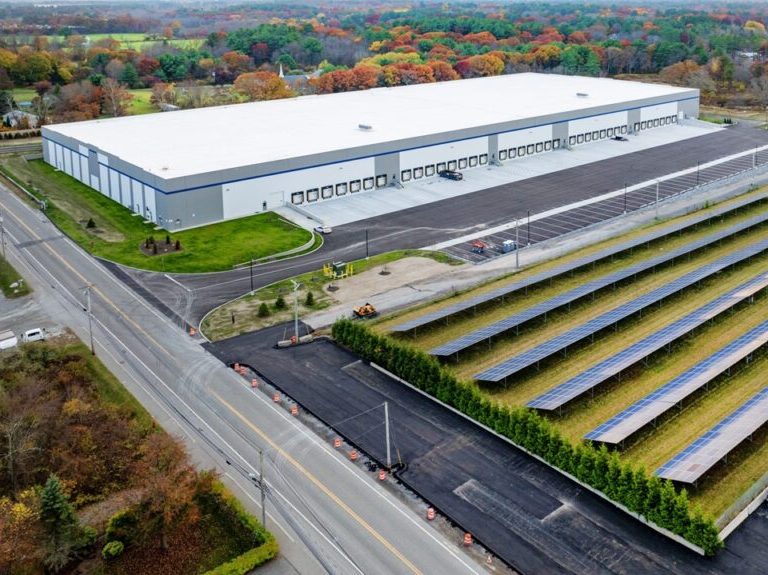NAREE Special Report: CRE’s Top 10 Trends for 2015
The Counselors of Real Estate's ranking for 2015 includes some surprises as well as more familiar issues.
By Paul Rosta, Senior Editor
What are the real estate industry’s most pressing issues?
According to the list unveiled on Wednesday by the Counselors of Real Estate, the top 10 topics include everything infrastructure, interest rates, urbanization—and a few surprises.
But the top spot for 2015-2016 goes to demographics. The emergence of the Millennial generation and the steady stream of Baby Boomers moving into their senior years are exerting enormous influence on commercial real estate, explained Noah Shlaes, the 2015 chair of CRE and a Chicago-based senior managing director for Newmark Grubb Knight Frank’s global corporate services unit. Shlaes discussed the list on Wednesday at the National Association of Real Estate Editors’ annual conference in Miami.
Shlaes cited an arresting statistic: By 2025, Millennials will account for about three quarters of the nation’s workforce. That has vast implications for all real estate markets and asset categories, from office and retail to medical facilities and housing. “Employers are now eager to go to places where they can get workers,” Shlaes explained—in other words, to cities. CRE’s analysis ties the generational shift to the steady growth of the data centers that support technology.
Also on the Counselors’ top 10:
- An excess supply of capital
The reputation of the United States as a safe haven for capital is drawing investors from overseas, even as domestic players ramp up activity. Multi-family is a favorite of foreign investors, who have sent $103 billion in U.S. multi-family assets. As prices approach record levels, they are raising larger questions about risk. Shlaes cited another effect, as well: “Deeper penetration of edge cities and non-gateway cities.”
- Rising interest rates
Whenever it happens, an interest rate hike will reduce returns, increase cap rates and increase asset depreciation and create opportunities in secondary markets. In the short term, the prospect of rate increases could spur short-term development as sponsors line up loans at favorable rates while they still can.
- Global instability/currency devaluation
“Information flies fast; anxiety flies a lot faster,” Shlaes noted. In the past year, the U.S. dollar has gained 22 percent in value against world currencies, despite annual economic growth that has averaged just 2.4 percent annually since 2009. Economic and political hot spots continue to flare up around the world, further enhancing the appeal of the U.S. market.
- Urbanization
CRE’s top10 cites the implications of urbanization for everything from corporate relocations and the “live/work/play” movement to the adoption of urban-style retail configurations in the suburbs.
- Energy
Falling oil prices are having a ripple effect on markets that have benefited from the energy boom. As energy companies curtail exploration and cut back on space needs, the slowdown is touching areas ranging from professional services and housing to retail. At the same time, alternative energy sources are becoming more attractive.
- The gap between rich and poor
About 1 percent of the population owns 40 percent of the nation’s wealth, and that has far-reaching implications. The most notable effect of the disparity, said Shlaes, is “the disappearance of the middle and the property that serves the middle.” Other effects: opportunities in high-density multi-family housing, the potential for creating urban destinations that serve diverse populations and a delay in household formation among Millennials and some immigrant groups.
- Infrastructure
Fear of failing roads, bridges and other vital infrastructure doesn’t seem to motivate large-scale action, “but the (potential) cost of failure is beginning to become an issue,” Shlaes said. Where it is difficult to upgrade infrastructure to handle growth, redevelopment can be constrained. A possible answer: public-private partnerships that can make “planning on a grand scale more possible than it was before.”
- Crowdfunding for real estate technology
This trend may be flying under the radar. In 2014, crowdfunding capital flowing toward real estate technology jumped $241 million. “The industry is poised for disruption,” Shlaes said. Diverse stakeholders benefit from advances in real estate-related technology, from investors and lenders to retailers and logistics players.
- The changing retail model
About 10 percent to 15 percent of today’s retail inventory is considered functionally obsolete because of location or physical configuration, Shlaes noted. Urbanization is changing the format of retail centers in cities and suburbs alike, prompting retailers to adopt smaller formats. Despite the rise of e-commerce, shoppers still want a hands-on experience. Retailers that combine brick-and-mortar stores with online channels are in the best position to thrive.








You must be logged in to post a comment.